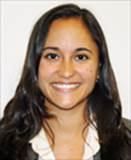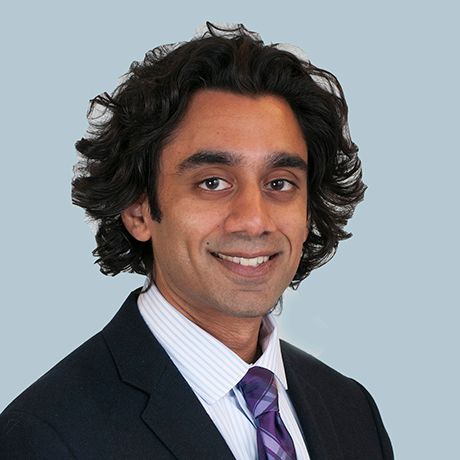Article
Low Follow-up Rates Among Homeless People Receiving Ophthalmology Referrals
Author(s):
People experiencing homelessness were more likely to follow-up on referrals from an ophthalmology clinic if they had finished high school or had a primary care provider.

Lauren Hennein, MD
Vision care is especially important for individuals who experience homelessness. Authors of a study presented at the 2019 Annual Meeting of the Association for Research in Vision and Ophthalmology (ARVO) in Vancouver, BC noted that “poor vision makes them particularly vulnerable and adds significantly to their social and health burden.”
Motivated by the need for ophthalmologic care among people experiencing homelessness, Lauren Hennein, MD, Department of Ophthalmology, University of California, San Francisco, began a free clinic at the St. Vincent de Paul Society Multi-Services Center Homeless Shelter in San Francisco. Gathering data from this clinic, Hennein and colleagues retrospectively investigated follow-up rates for referrals and barriers to care.
Hennein told MD Magazine® that the main barriers identified in the results were not having an established primary care physician (PCP) and having a lower education level.
The study cohort included 68 patients evaluated at the free ophthalmology clinic from September 2017 to 2018. Patients had a mean age of 50.4 years, 16.4% were female, and 8.8% were Hispanic. The majority of patients were African-American (42.6%) or Caucasian (26.5%). Medical history indicated 40.9% had hypertension, 14.9% had diabetes, and 10.3% had HIV, while 79.4%, 35.3%, and 44.1% reported using tobacco, alcohol, and marijuana, respectively.
Of the 68 patients, 40 (59%) were referred for free eyeglasses and 17 (25%) were referred to a local county hospital for more advanced ophthalmologic care, such as intravitreal injections, laser, or surgery. Of those patients referred, 35% (n = 14) followed-up for free glasses and 41% (n = 7) went to the county hospital appointment.
Investigators found that patients were more likely to follow-up if they had an established primary care provider—79% compared to just 21% of those who did not have an established PCP (P = .025). Additionally, education was a significant factor—44% of those who had completed at least a high school education presented for their referral appointment (19 of 43) while no patients without a high school diploma attended the follow-up appointment (P = .037).
Hennein said she was surprised that the presence of vision-threatening conditions spurring a referral—such as diabetic retinopathy, hypertensive retinopathy, glaucoma, and afferent pupillary defects—did not significantly affect follow-up rates (P = .79). She told MD Mag this might reflect a need for more clarity as providers explained diagnoses to their patients.
“Our study highlights the need to identify interventions, such as health coaching, that educate patients on the effects of their vision-threatening conditions, especially in those not currently looped into the healthcare system and those with lower educational attainment,” wrote Hennein and colleagues.
The poster, “Follow-up Rates at a Free Ophthalmology Clinic at a Homeless Shelter,” was presented at ARVO on Wednesday May 1, 2019 in Vancouver, BC.




